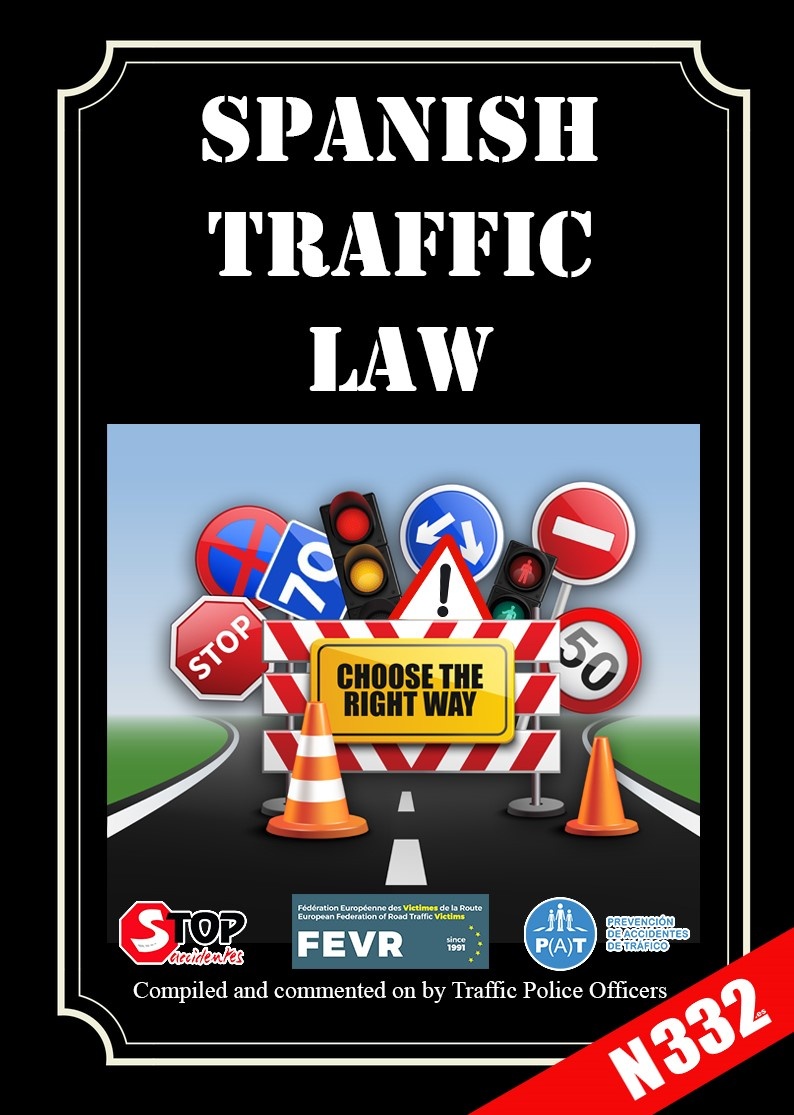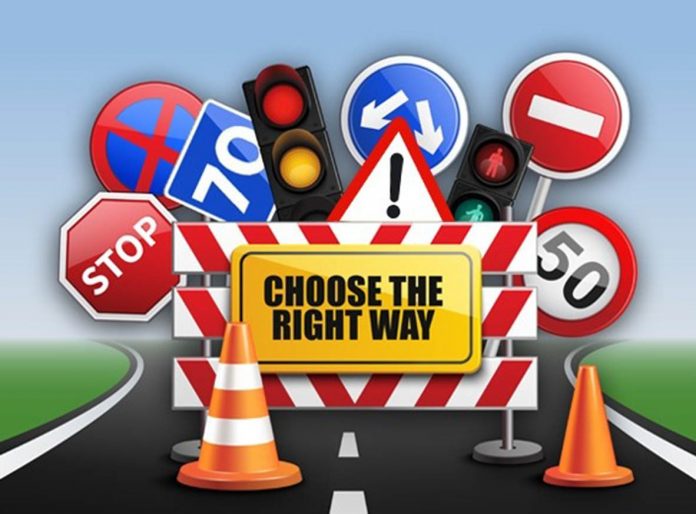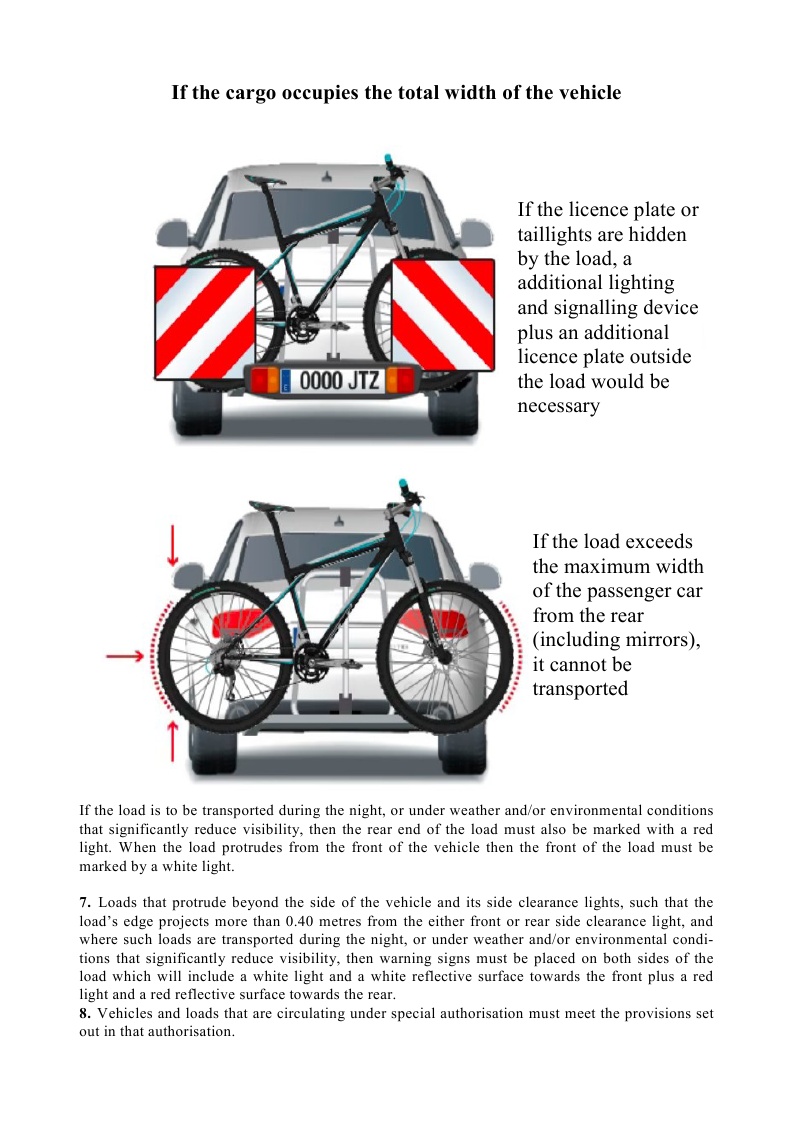Understanding Spanish Traffic Law has taken a huge leap forward today, with the publication of a new eBook by the N332 Road Safety Group.
A team of volunteers have been working on the publication for over a year, translating the official law into English, overseen by Guardia Civil traffic officer, Francisco Morales, who has also added commentary and pictures to the publication to ensure that there is no ambiguity in understanding every single element.
Today, the eBook is officially launched to a VIP group in the Quironsalud Hospital in Torrevieja, where the attendees will be presented with a talk about the history and reasoning behind the publication, and a preview of some of the pages.
The publication has already gained the support from three of the main traffic accident associations in Spain, Stop Accidentes, Association for the Prevention of Traffic Accidents (P(A)T), and the Federación Europea de Víctimas de la Carretera, as well as the European Concil on Road Safety keen to support the entire project.
With just over 500 pages of text and pictures, the publication, which has been edited by Mark Nolan, who has also been involved in the project since the beginning, some 3 years ago, will be available to download later this week from the N332 website, at n332.es/ebooks. It provides a clear outline of the current Spanish Traffic Law which motorists should be aware of. Any violation of this traffic law could result in the car insurance being invalidated.

The Reglamento General De Circulación, which is the document which has been translated, is one of four main legal documents for driving in Spain, and the most important, as it details the basics, and intricate elements of procedures ranging from drugs and alcohol to children in cars, which includes many of the points that drivers are still confused about, such as who can sit where, how goods are to be carried and stowed, which lane to drive in, who has priority and when, and what the road signs and signals actually mean.
The good news is that thanks to the support from the volunteers and sponsors, this eBook can be downloaded for free, and so you can have your own copy on your mobile phone, tablet, or computer, and can then either read it from cover to cover, or simply refer to it if you have any doubts.
There will also be a supporting website launched in the next few weeks, followed by a mobile phone app, as the development in this part of the project continues.
Although there may be some disappointment that the publication isn’t being printed, the size alone would make it extremely expensive, but being a digital publication means that it can be updated easily, without having to throw away the original paper copy. Moreover, the website means that these updates can be published instantly.
In the second half of this year we have seen changes to the law such as all emergency service vehicles having blue lights, taxis having blue number plates, and the introduction of eco stickers. In the first half of 2019 we expect to see other changes such as the regulation of personal mobility vehicles, such as scooters, and stricter controls for speed, and so, with such a frequently changing canvas, the need for ease of updates is crucial in ensuring that the information is always up to date and accurate.






